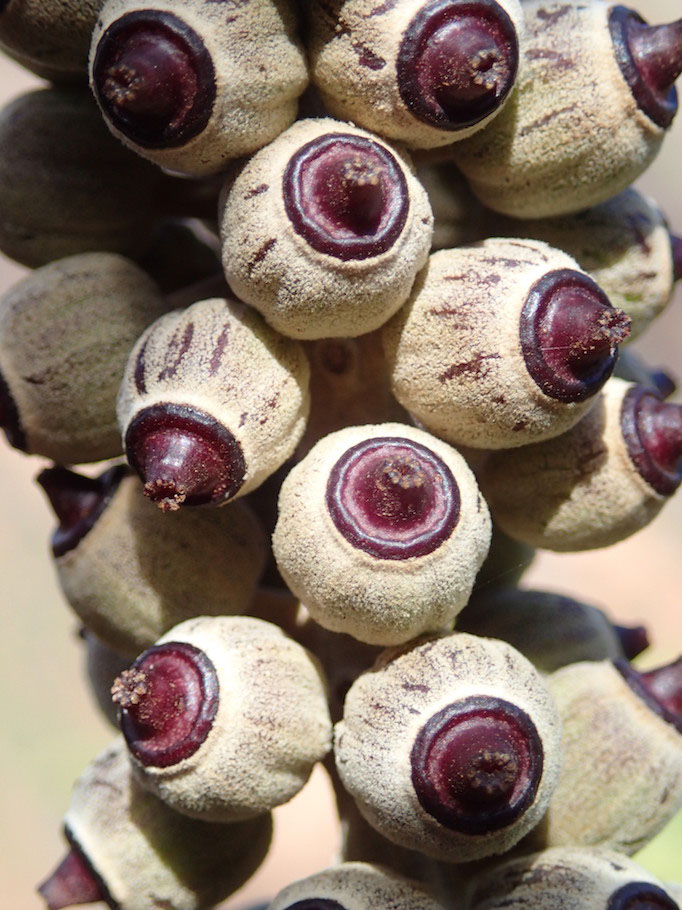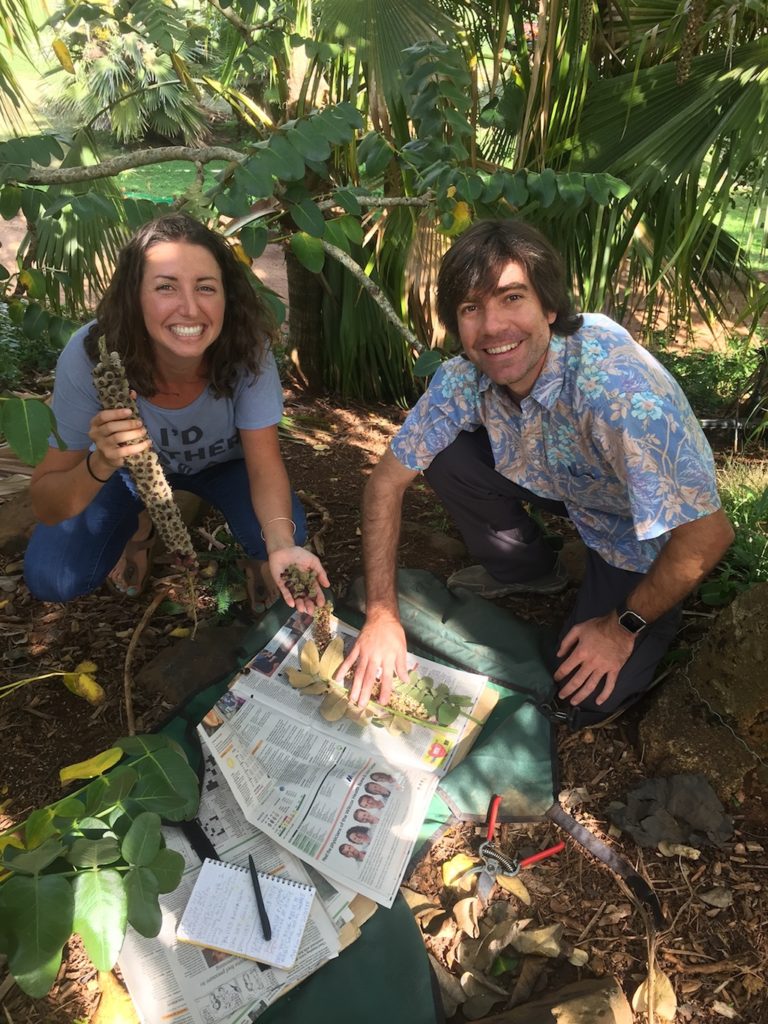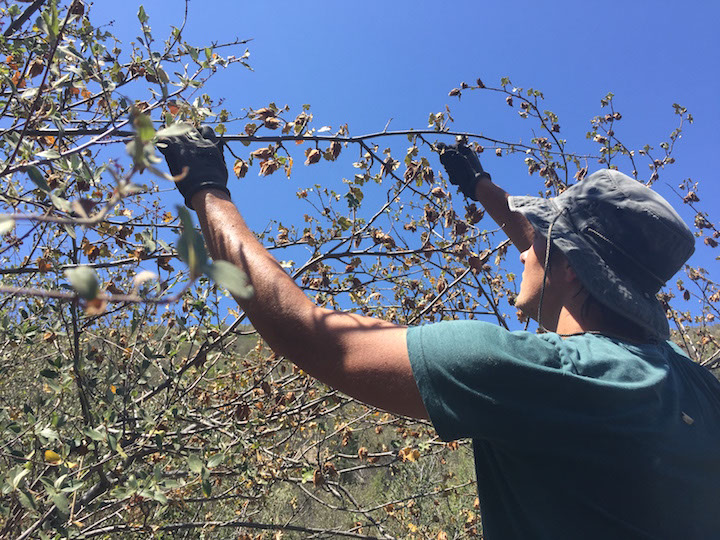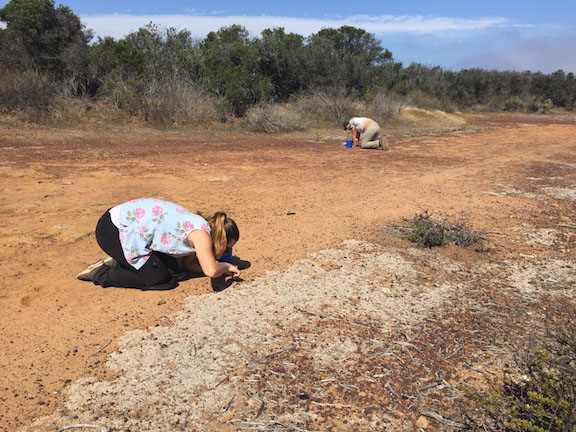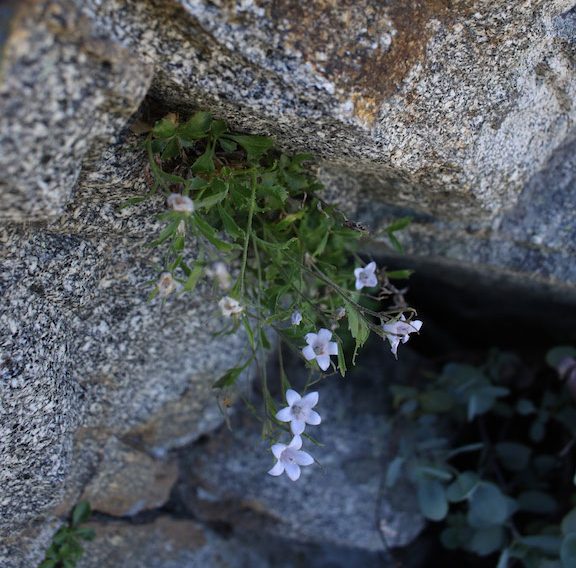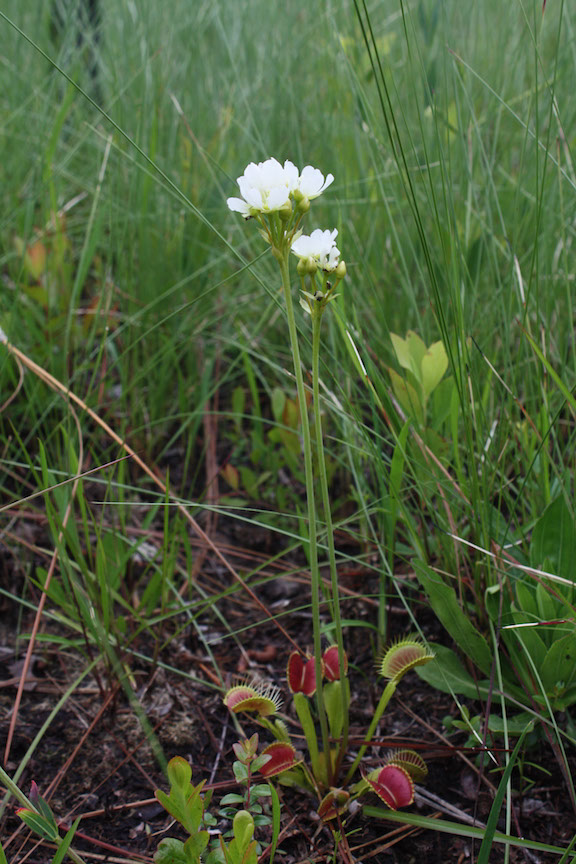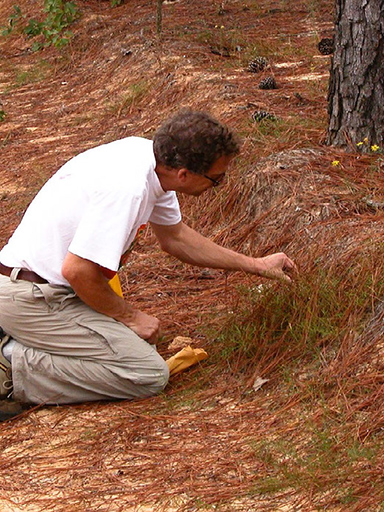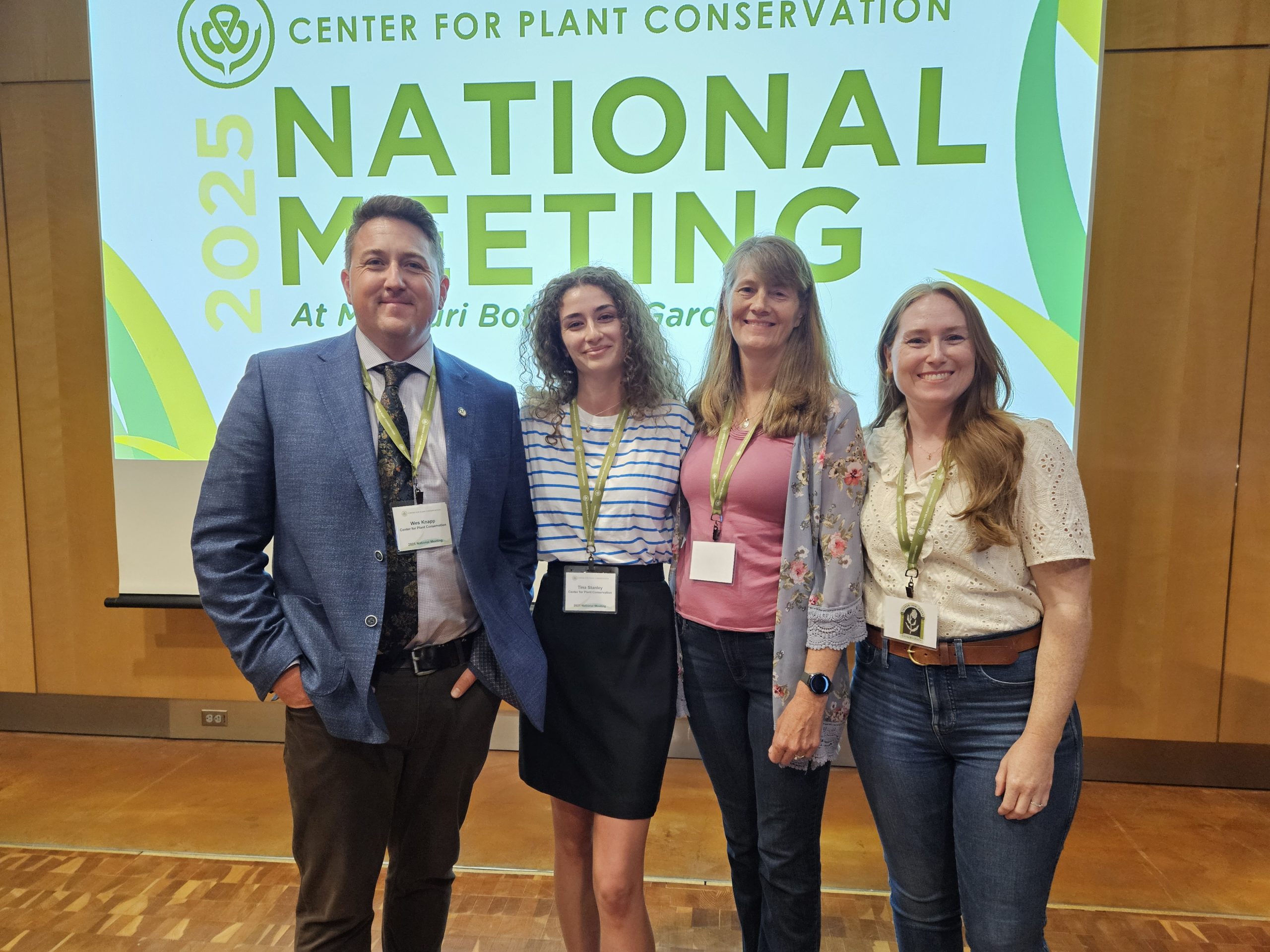Save Plants
CENTER FOR PLANT CONSERVATION
November 2017 Newsletter
Throughout much of human history, autumn has been the time of harvest. While crops have been domesticated since at least 9500 BC, humans have been collecting, processing and storing plants for the winter months for much longer. By some estimates, humans have been harvesting and using seeds for over 20,000 years.
It is truly amazing then that what we do today in plant conservation – collecting and storing seeds for the future – has its basic beginnings in the foundation of humanity itself. It is the essence of life that plants bring to us, and how inextricably linked to plants we all are, that makes what we do in CPC so vital.
Many challenges faced by our ancestors are faced today by those who work to save plants: Have we collected enough seed? Will these seeds survive long enough for us to use them? Have we protected the plants still out there so that more seeds will be available in years to come? These and many other considerations are addressed each year by CPC plant conservationists.
In this month’s issue of Save Plants, we celebrate the harvest and also give thanks to those who work and toil to ensure that the indispensable, life-sustaining value plants bring to our lives will continue. It is to them we give thanks and send our best wishes for a successful harvest, this year, the next, and beyond.
Collecting and Conserving
This fall, The Arboretum at Flagstaff has been preparing packets of Packera franciscana propagules, a critically impaired or G1 listed endangered species found only on the San Francisco Peaks in northern Arizona, for seed banking at the National Center for Genetic Resources Preservation Laboratory in Fort Collins, Colorado. With funding provided by the USDA USFS Region 3 Forests Project and the Bureau of Land Management’s Seeds of Success Program, the Arboretum has collected eight species from 12 populations (totaling over 73,000 seeds!) that are important for conservation and research. Collecting trips have ranged from western Arizona, dipping into the Mohave Desert and north to the Arizona Strip, as well as to the top of Agassiz Peak just outside Flagstaff.

As the collecting season comes to a close we give thanks to those agencies that support our work in addition to the many volunteers who helped collect and conserve Hedeoma, Helenium, and Heliomeris galore!
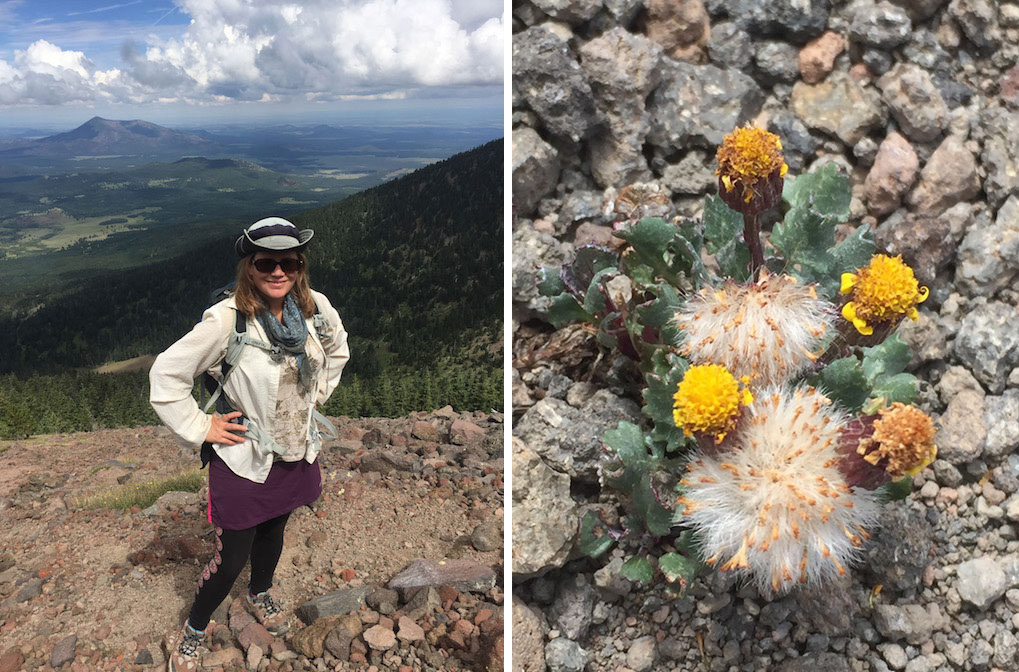
Living collections augment wild seed harvest for rare species research
Hawai’i has less than 1% of the land mass of the United States, yet contains almost half of the threatened and endangered plant species listed under the U.S. Endangered Species Act. In alignment with the Global Strategy for Plant Conservation, the Hawai’i Strategy for Plant Conservation, and the National Seed Strategy, we are investigating methods to preserve and protect Hawaiian species of conservation importance ex situ in the Seed Bank and Laboratory at the National Tropical Botanical Garden (NTBG). Our emphasis is determining seed, fern spore, and pollen storage behavior, longevity and aging kinetics, pathogen abatement, and seed dormancy and dormancy alleviation of native Hawaiian plant species of conservation importance.
One challenge that comes to mind around the fall harvest is collecting enough seed from our rare and imperiled species in order to conduct robust, meaningful research into seed conservation biology. One way we’ve been able to overcome this challenge for some species is by utilizing our Living Collections. For example, one of the species in the CPC National Collection in which we are tasked as being caretakers and that we are thus focusing conservation efforts, is Polyscias racemosa.
Assessed as Critically Endangered on the IUCN Red List of Threatened Species, and federally listed as endangered, the wild population of P. racemosa is down to just 110 individuals. This taxon fruits in late October and early November, exemplifying a fall harvest species. This year and last, we were able to collect P. racemosa seed from our McBryde Garden to be used in seed storage behavior and dormancy experiments as well as strengthen our ex situ banked collection. Investigations are ongoing, but this taxon was one of the first to be assessed as a candidate for cryopreservation using liquid nitrogen, which rapidly freezes marginally desiccated seed to achieve the glassy state before being transferred to a -80°C freezer.
Our Living Collection has made it possible to answer research questions for rare species. The knowledge gained from these studies will help inform seedbank protocols in order to support in situ reintroduction and conservation efforts.
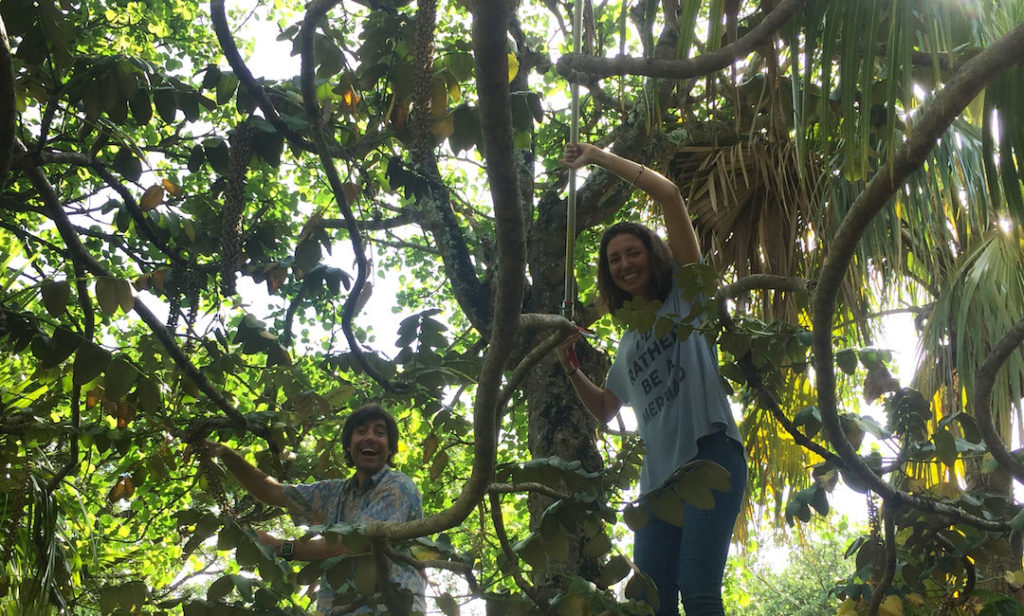
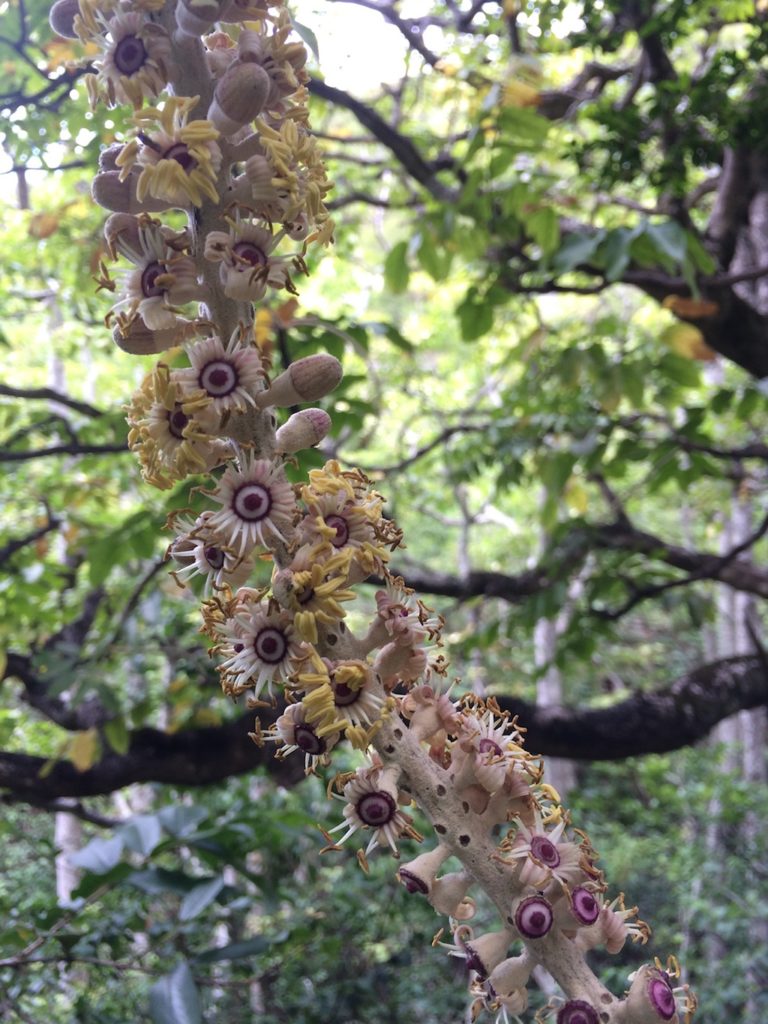
California Plant Rescue Initiative
In California, CPC members have come together as California Plant Rescue (CaPR), working to better conserve the immense botanical diversity of the state through seed collections. Working within an area that includes the California Floristic Province, home to over 6,000 plant species (not even including subtaxa!), over one third of which are endemic, there is an incredible amount of diversity in the state to be conserved. Such diversity can be daunting and requires collaboration and prioritization to make it achievable – and this is exactly what CaPR aims to do.
The need for prioritization was made clear in a recent study by staff at Rancho Santa Ana Botanic Garden (Meyer et al. 2014) which delved into the status of rare plant species held in regional seed banks. They found that a large proportion of rare plant taxa native to California represented in seed banks have formal legal protections – leaving behind the other taxa of conservation concern, such as those identified by NatureServe or the California Native Plant Society (CNPS) as rare and endangered. Thus, it is the goal of CaPR to collect 75% of the highest risk species recognized by CNPS.
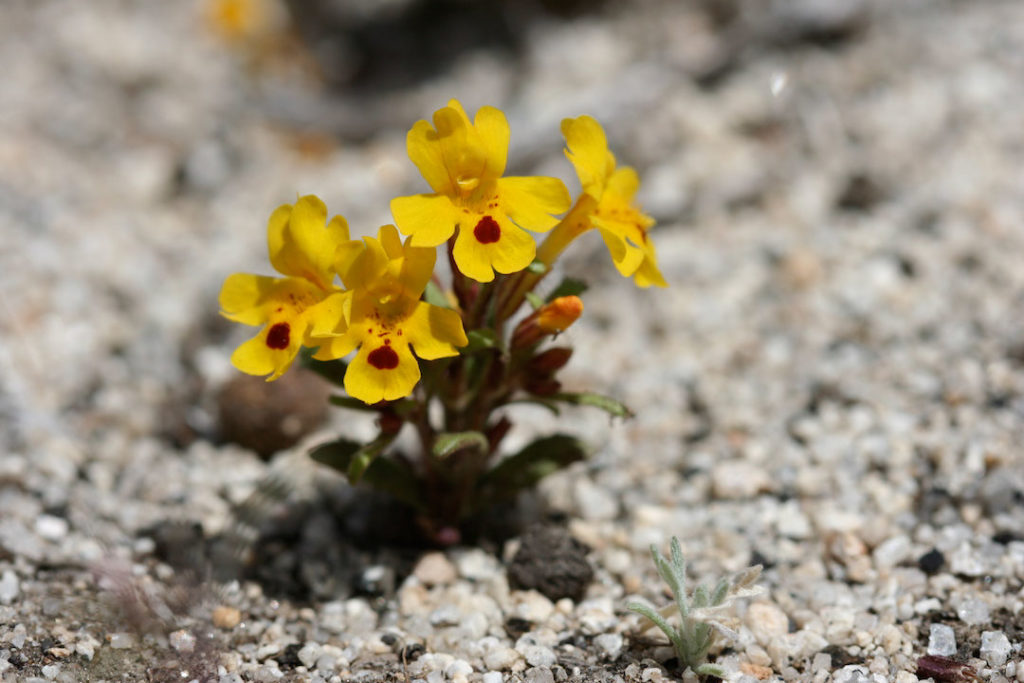
With funding support from Kew Foundation America through the CPC national office, our California Plant Rescue partners have made great progress since 2014. In the first two collection seasons since CaPR’s formation, the partners collected seed from 73 unique species – 50 of the CNPS high risk species, while in 2018 CaPR partners collected over 100,000 seeds of 65 species in 91 locations; 38 of these species are globally rare. Importantly, we have also made progress in how we share collection data, our field season plans, and species priorities through both increased communication and use of technological resources on our website.
CaPR gathered for our annual fall meeting at Santa Barbara Botanic Garden in October. We shared our 2017 accomplishments and made plans for 2018. Highlights for the coming year include highlighting CaPR at the CNPS meeting by hosting a booth and giving presentations as well as beginning a collaborative project under a Section 6 Recovery Grant coordinated through the CPC National Office. The Section 6 grant will contribute $141,000 to CaPR partners for seed collections of federally endangered species. We will continue to work toward increasing the capacity of the partners to do more conservation work by finding new tools, developing relationships with land managers, and obtaining additional funding. These are all recurring challenges that CaPR partners hope to face together.
(Members: UC Davis Arboretum, UC Santa Cruz Arboretum, UC Botanic Garden (at Berkeley), Mildred E. Mathias Botanical Garden (UCLA), Rancho Santa Ana Botanic Garden, Santa Barbara Botanic Garden, San Diego Botanic Garden, San Diego Zoo Global, California Native Plant Society, East Bay Regional Parks Botanic Garden)
Kew Foundation America Funds Seed Collections of Our Most Threatened Rare Plant Populations
In the areas of North America that were greatly impacted by major hurricanes in 2017, with the help of Kew Foundation America, CPC conservation officers valiantly made seed collections that will help save rare plants. In the southeast, Fairchild Tropical Botanic Garden researchers collected seeds of the globally rare and federally listed Linum arenicola and Linum carteri var. carteri. Because the plants are small, flower sporadically, produce few seeds, and there are few plants in the wild populations, repeated trips were required to gather adequate numbers of seed. In Texas, Mercer Arboretum botanist Anita Tiller collected Rayjacksonia aurea from a location highly threatened by development and Chloris texensis, which has been impacted by heavy grazing this year.
Imperiled Venus flytrap
Venus flytrap (Dionaea muscipula) is a carnivorous plant species endemic to 100 km landward radius centered near Wilmington, North Carolina, USA. This species is very well known to hobbyists and recognized throughout the world. However, in its native range, Venus flytrap is a conservation concern due to having a small number of robust protected populations and declines from threats such as fire suppression, land conversion, and poaching. There are 31 occurrences in North Carolina that are considered extirpated, or destroyed (NC Natural Heritage Program Database 2015) and 26 extirpated occurrences in South Carolina (Luken 2005). This represents a 17% decline in the number of occurrences range wide, and many of the remaining populations are small and unprotected. These recent declines have led to added legal protections for Venus flytrap (listed in NC, anti-poaching laws, assessment for federal protection). As part of ongoing conservation efforts, the North Carolina Botanical Garden is working to collect seeds of this imperiled plant. Collecting in the wet savannas that Venus flytrap calls home is hot work in June, but the botanical reward is well worth it.
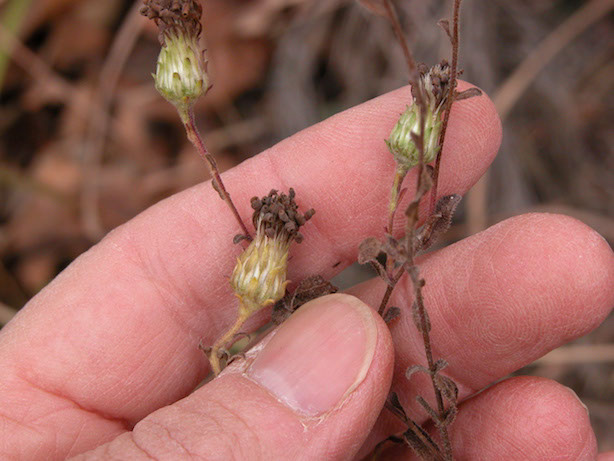
Favorite Seed Germination Information References of CPC Conservation Officers
Michael Dosmann, The Arnold Arboretum of Harvard University: Dirr and Heuser’s manual on Woody plant propagation is a pretty good starting point for temperate woodies. The Reference Manual of Woody Plant Propagation: From Seed to Tissue Culture, Second Edition, by Michael A. Dirr, Charles W. Heuser Jr.
Uli Lorimer, Brooklyn Botanic Garden: Native Plant Journal’s Propagation Database. There are loads of protocols to be found here as well as starting places for species lacking published protocols. The link is here.
Roger Gettig, The Holden Arboretum: Tallgrass Prairie Center Native Seed Production Manual; Seeds of Woody Plants in the United States, Forest Service, U.S. Department of Agriculture, Agriculture Handbook No. 450; and The New England Wild Flower Society Guide to Growing and Propagating Wildflowers of the United States and Canada, William Cullina.
Bart O’Brien, Regional Parks Botanic Garden:
- Everett, Percy C. 1957. A Summary of the Culture of California Native Plants at the Rancho Santa Ana Botanic Garden, 1927-1950. Rancho Santa Ana Botanic Garden, Claremont, CA. (Note: this is all the propagation information for the years when the garden was in Orange County.)
- Everett, Percy C. as edited by Bart O’Brien. 2012. A Second Summary of the Horticulture and Propagation of California Native Plants at the Rancho Santa Ana Botanic Garden, 1950-1970. Rancho Santa Ana Botanic Garden, Claremont CA. (Note: this covers the first 20 years of information at the Botanic Garden’s eastern Los Angeles County site in Claremont, CA. This publication is only available via FREE download here.
- Wall, Michael and John Macdonald. 2009. Processing Seeds of California Native Plants for Conservation, Storage, and Restoration. Rancho Santa Ana Botanic Garden, Claremont, CA. (Note: in addition to all sorts of great information about seeds and seed processing, this has incredible photographs of all the seeds covered individually by species.)
Andrea Kramer, Chicago Botanic Garden: In conjunction with the 2014 Baskin seed book, Seeds, Second Edition: Ecology, Biogeography, and Evolution of Dormancy and Germination, Charlie Willis created a great online database that allows you to search for species that the Baskins have worked with, and tells you their dormancy classification. If you are working with a new species, this can be a good starting point. You have to share your contact info to see it, but it is free. Log in here. And if nothing is known about the species, the Baskins published a paper in Native Plants Journal with easy-to-follow guidelines for a move-along experiment: Baskin, C. C., and J. M. Baskin. 2003. “When Breaking Seed Dormancy Is a Problem: Try a Move-along Experiment.” Native Plants Journal 4:17-21.
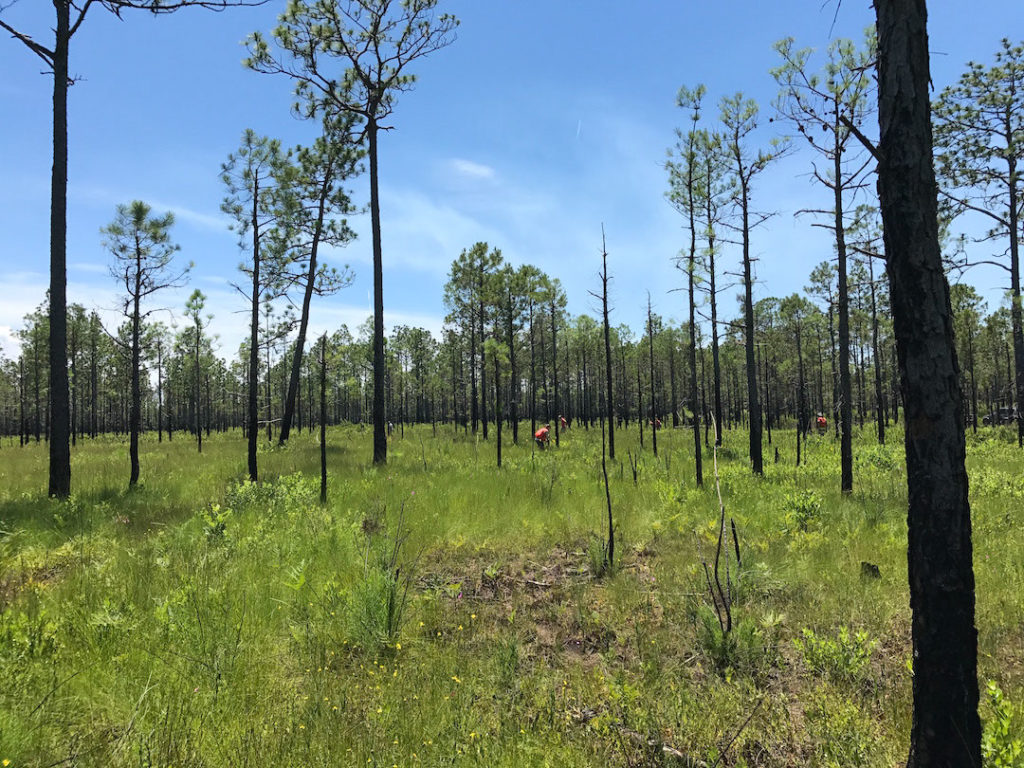
Johnny Randall, North Carolina Botanical Garden: We at the North Carolina Botanical Garden have been planning to update our 1985 Growing and Propagating Wildflowers by Harry Phillips with these data, but need to get on it. Another good reference is the similarly named Growing and Propagating Wildflowers of the United States and Canada by William Cullina when he was at the New England Wildflower Society.
Matthew Keir, Laukahi: The Hawai‘i Plant Conservation Network: Seed Germination Ecology of Hawaiian Montane Species by Carol and Jerry Baskin and others available here.
Matthew Albrecht, Missouri Botanical Garden: The second edition of the Baskin’s seed book was released in 2014, and it is much thicker than the first edition! First Edition: Seeds: Ecology, Biogeography, and, Evolution of Dormancy and Germination; Second Edition: Seeds, Second Edition: Ecology, Biogeography, and, Evolution of Dormancy and Germination. Another good resource with a wealth of seed information, including germination protocols, is Kew’s Seed Information Database: http://data.kew.org/sid/
Holly Forbes, University of California Botanical Garden: Norman Deno, Seed Germination Theory and Practice, 1991, self-published; Dara Emery, Seed propagation of native California plants, 1988, Santa Barbara Botanic Garden. These links to Dr. Deno’s Seed Germination: Theory and Practice and the two supplemental books are free downloads. I know this book is out of print and nearly impossible to find. I hope this information is useful.
- Seed germination, theory and practice
- First supplement to the second edition of Seed germination theory and practice
- Second supplement to Seed germination theory and practice
(Note from Ed Guerrant: Good suggestions, but a word of caution on Deno’s books. They provide an enormous amount of empirical information on a very wide range of taxa, but his theoretical views are a bit idiosyncratic.)
Fellowship
The Catherine H. Beattie Fellowship in Conservation Horticulture
2018 Award – call for applications for graduate students
Purpose: To promote conservation of rare and endangered flora in the United States through the programs of the Center for Plant Conservation in partnership with the Garden Club of America. More information here.
Employment Opportunity
The Santa Barbara Botanic Garden is hiring a full time Rare Plant Technician. This job will include a combination of field, lab, greenhouse and office work. Field work will take place in Central CA and the Channel Islands. Position will begin in January 2018. For more information and to apply, please visit our website or email the Rare Plant Biologist, Dr. Heather Schneider @ hschneider@sbbg.org.
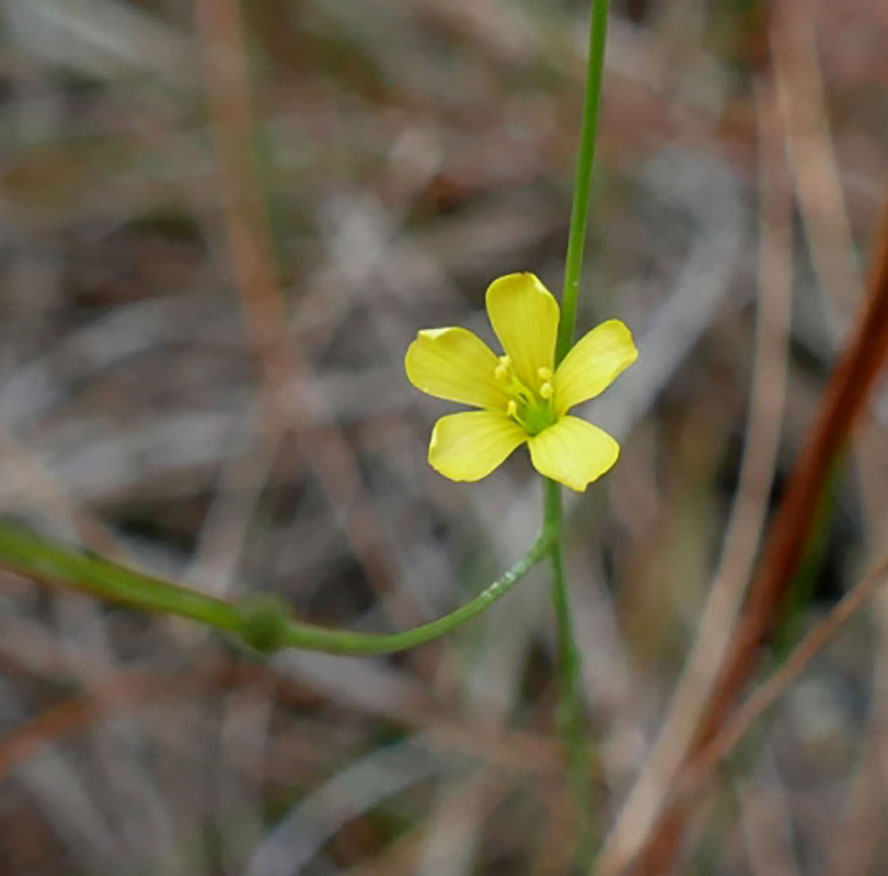
Get Updates
Get the latest news and conservation highlights from the CPC network by signing up for our newsletters.
Sign Up Today!Donate to CPC
Thank you for helping us save plant species facing extinction by making your gift to CPC through our secure donation portal!
Donate Today
